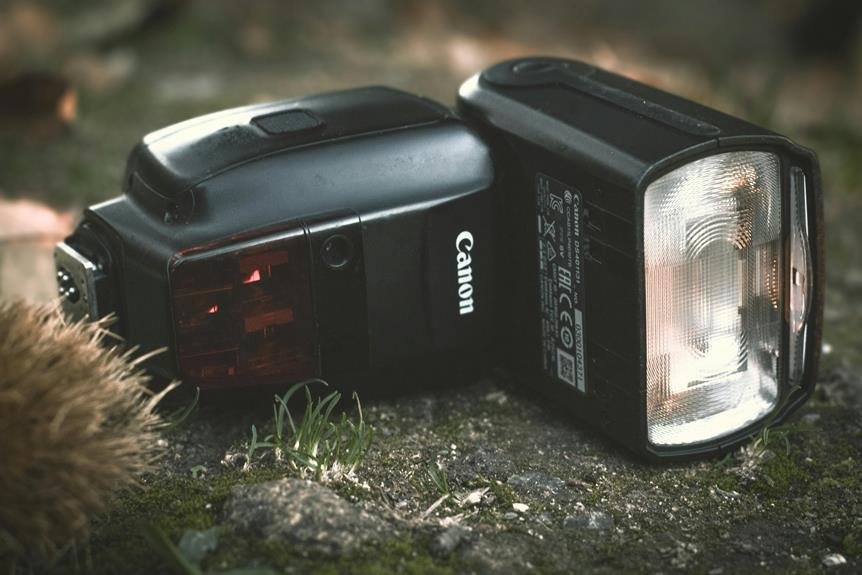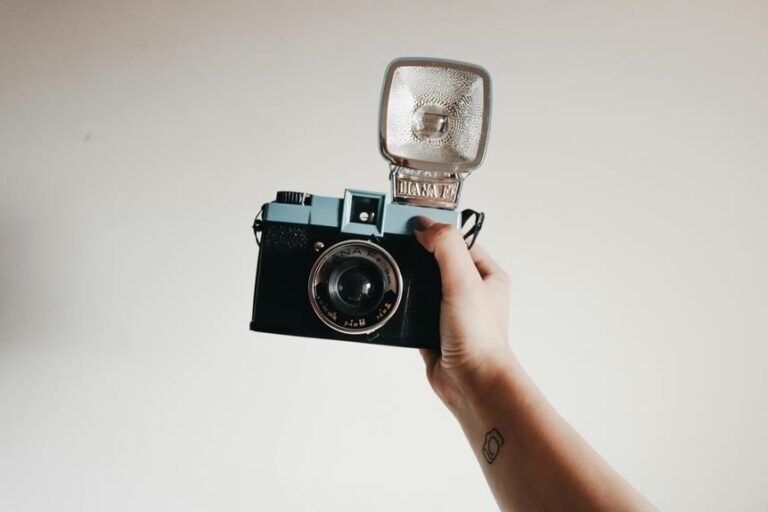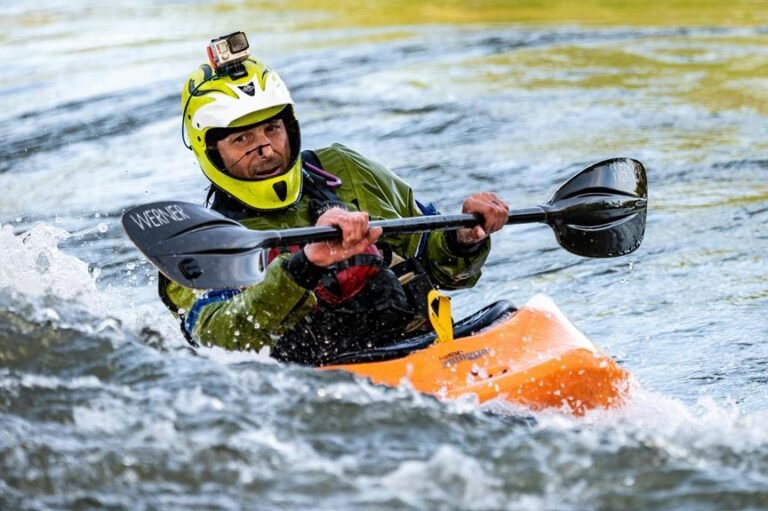How Does a 360 Camera Work? Explained Simply
When you use a 360 camera, its lenses capture a wide field of view with fisheye distortion correction. Multiple cameras or dual setups help seamlessly stitch images together for immersive panoramas. Image sensors convert light into digital signals, essential for clear, detailed content. Image processing adjusts settings and merges images for a cohesive view, while stitching software blends them seamlessly. Everything from lens technology, multiple cameras, sensors, processing, to software comes together to create the mesmerizing 360-degree world in front of your eyes. Understanding these components enhances your grasp of the mesmerizing technology at play.
A Quick Overview
- Dual or multiple lenses are utilized by 360 cameras to capture a wide field of view.
- The camera's image sensors convert light into digital signals for processing.
- Specialized stitching software seamlessly merges images from different lenses.
- Distortion correction and image processing techniques enhance the final panoramic output.
- Multiple cameras collaborate to generate immersive 360-degree content with depth perception.
Lens and Field of View
When using a 360 camera, the lens plays an essential role in capturing a wide field of view. To achieve this, lenses often have fisheye distortion correction capabilities for capturing panoramic shots.
Additionally, some models may offer optical zoom functionality to enhance wide-angle perspectives. Understanding how these optical components work together is important for creating immersive and expansive 360-degree images and videos.
Dual or Multiple Cameras
Utilizing dual or multiple cameras in a 360 setup allows for a more extensive capture of the surrounding environment, enabling a seamless stitching process for creating immersive panoramic content.
Camera calibration and image alignment are vital in ensuring accurate merging of images from different viewpoints, while parallax correction enhances depth perception.
This setup enhances the overall quality and realism of the 360-degree footage by minimizing visual inconsistencies.
Image Sensors
In a 360 camera setup, the image sensors play an essential role in capturing light and converting it into digital signals for processing and creating immersive panoramic content.
The sensor technology and resolution determine the camera's ability to capture detail.
Light sensitivity is vital for clear images in various lighting conditions, while color accuracy guarantees realistic and vibrant panoramic visuals.
Image Processing
Image processing plays a crucial role in a 360 camera system by enhancing and stitching together multiple images to create a seamless panoramic view.
This process involves adjusting pixel resolution, distortion correction, exposure settings, and color calibration. By manipulating these elements, the camera can guarantee that each captured image aligns perfectly with the others, resulting in a cohesive and immersive 360-degree experience for the viewer.
Stitching Software
To seamlessly merge individual images into a cohesive 360-degree panorama, stitching software utilizes advanced algorithms that analyze and align visual data captured from different camera lenses.
- Stitching techniques: These software programs employ sophisticated methods to blend multiple images seamlessly.
- Panoramic photography: The software enhances the overall quality and accuracy of panoramic images.
- Alignment algorithms: These algorithms guarantee precise matching of features across images for a seamless final panorama.
Gyroscope and Stabilization
Utilizing a gyroscope for stabilization in a 360 camera guarantees smooth and steady footage even during rapid movements.
Gyroscope calibration is essential for accurate stabilization. By constantly measuring the camera's orientation, the gyroscope assists in counteracting any shakes or vibrations.
Stabilization techniques involve adjusting the camera's position based on gyroscope data to maintain a level horizon and reduce motion blur, resulting in professional-looking 360-degree videos.
Storage and File Formats
When it comes to 360 cameras, understanding storage capabilities and compatible file formats is important for optimizing the quality and accessibility of your captured footage.
- Data compression plays a vital role in managing large 360-degree video files efficiently.
- Consider using cloud storage for backing up and accessing your footage from anywhere.
- Be mindful of file types and compatibility restrictions to guarantee smooth playback across different devices.
Viewing and Sharing Options
To optimize the viewing and sharing of your 360-degree content, understanding the various platforms and methods available is crucial to maximizing the audience reach and engagement with your immersive footage.
Confirm that your content is compatible with VR devices for an enhanced experience. Use editing software to polish your footage before sharing on social media platforms.
Consider live streaming for real-time interactions with your audience.
Frequently Asked Questions
How Does a 360 Camera Handle Low Light Conditions?
In low light conditions, a 360 camera excels at night photography thanks to its specialized sensors and advanced image processing. Its enhanced low light performance guarantees vivid and detailed shots even in challenging lighting environments.
Can a 360 Camera Be Used Underwater?
Yes, a 360 camera can be used underwater within specified depths. Verify it has proper water resistance and maintenance to prevent damage. Understand the limitations of underwater capabilities, such as reduced image quality.
What Is the Maximum Distance for Capturing Sound With a 360 Camera?
When using a 360 camera, the sound quality and range for capturing audio vary. The maximum distance for sound capture is typically within 20-30 feet, and limitations exist due to the omni-directional nature of the microphone setup.
Are There Any Special Considerations for Capturing Fast-Moving Subjects?
When capturing fast-moving subjects like action sports or wildlife with a 360 camera, consider motion blur and tracking techniques. Adjust settings to freeze motion, and use predictive focusing to guarantee sharp images. Experiment with different modes for best results.
How Can a 360 Camera Be Mounted on Different Surfaces Securely?
To securely mount a 360 camera on different surfaces, explore various mounting options for stability. Consider weather resistance and durability when choosing the right mount. This guarantees your camera stays secure in diverse conditions.







